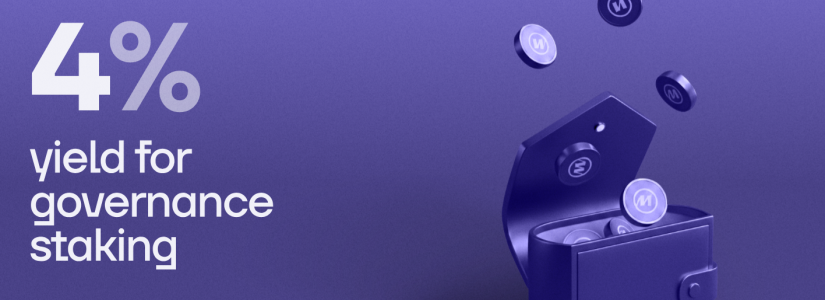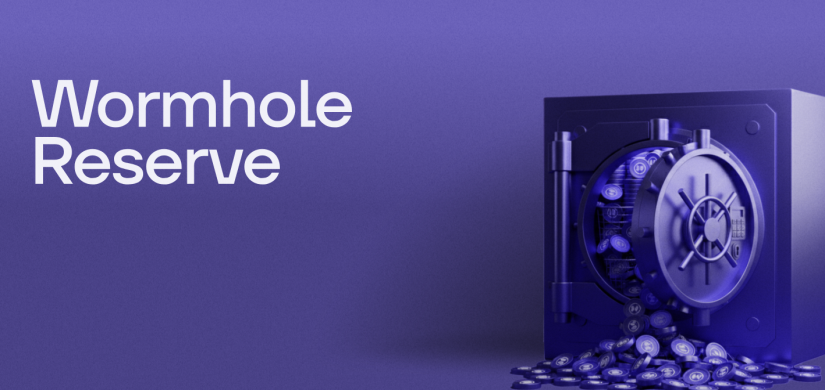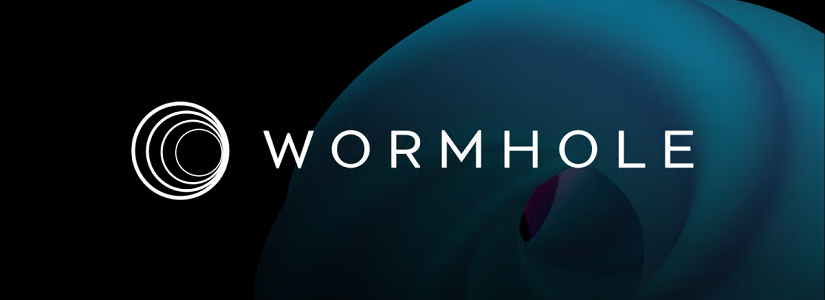TL;DR
Wormhole introduced a comprehensive update to the W token economy, adding a strategic reserve, new ways to generate yield, and an optimized unlock schedule. The change is designed to give the asset greater stability and strengthen the link between the protocol’s growth and the benefits for token holders.
The central update is the creation of the Wormhole Reserve, a mechanism that will accumulate onchain and off-chain revenues generated by the core protocol, the multichain Portal bridge, and associated applications. These resources will be locked in a W reserve to support the token’s long-term value. With this structure, network expansion directly translates into stronger backing for the ecosystem.

The W 2.0 plan will also improve yield opportunities. Staking will remain a variable reward, but those who take part in governance and use Wormhole applications will receive additional benefits. Through Portal Earn, users will be able to collect points that boost staking yields. The team is targeting a 4% base yield on W. According to the update, there will be no inflation: rewards will come from the existing supply and protocol revenues, keeping the total supply capped at 10 billion tokens.

Another key change is the replacement of large annual unlocks with smaller, bi-weekly releases beginning in October 2025. This adjustment is meant to reduce market pressure and create a more predictable, stable distribution. The new schedule will run for 4.5 years and will apply to Guardian Nodes, Community & Launch, Ecosystem & Incubation, and Strategic Network Participants. In contrast, the Foundation Treasury will keep its original four-year schedule, while Core Contributors will remain under contractual agreements with annual lockups.
Currently, around 4.7 billion W tokens are in circulation, representing less than half of the maximum supply. Following the announcement, the price traded around $0.093, up more than 7%.

Wormhole is moving toward consolidation as a key piece of infrastructure in the multichain digital economy. Its goal is to expand asset and message transfer volumes over the next two years and establish itself as the standard for connecting traditional and crypto-native markets on a global scale
Also read: SEC ETF Overhaul Meets Hyperliquid’s Circle Integration, Cronos Forecasts, and BullZilla’s Top New Presale in September 2025